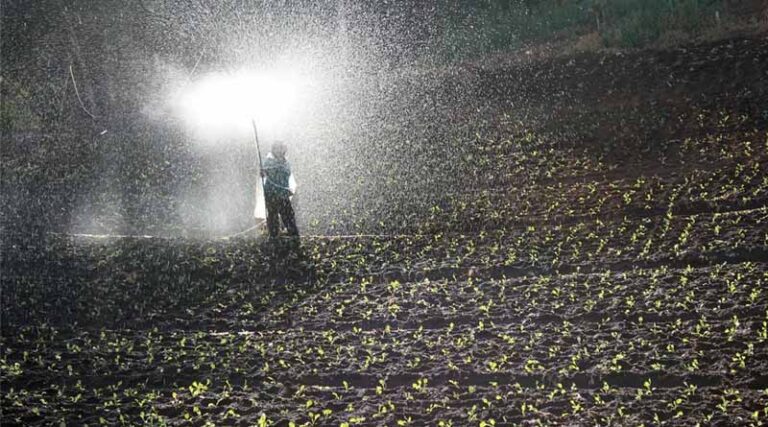
How Farmers Can Identify Fake and Adulterated Fertilizers in India: A Practical Guide
29 July 2025, New Delhi: Fertilizers are one of the most expensive and crucial inputs in agriculture, and with rising seasonal demand during the Kharif and Rabi sowing periods in India, markets often see a surge in counterfeit and adulterated products. These fake fertilizers not only harm the farmer’s yield but also damage soil health and lead to significant financial losses.
While regulatory authorities are actively working to curb this malpractice, farmers need practical, on-the-spot methods to verify fertilizer quality—just as they would test seed germination or the purity of milk. Below are some straightforward identification techniques, as well as steps farmers can take if they suspect fertilizer fraud.
1. Urea
Visual and Physical Properties:
- Appears as white, shining, and uniformly sized round granules.
- Completely soluble in water; the solution feels cold to the touch.
- Melts on a hot plate and evaporates without residue.
2. Di-Ammonium Phosphate (DAP)
Identification Method:
- Hard, granular texture with a brown or black color; cannot be easily scraped with nails.
- When rubbed with lime, it emits a sharp, pungent smell that is difficult to tolerate.
- Swells visibly when heated on a hot plate.
3. Single Super Phosphate (SSP)
Identification Method:
- Granular or powdered form; brown or black in color; not easily breakable with nails.
- Often adulterated using DAP or NPK mixtures.
- Genuine SSP does not swell when heated—unlike DAP or other complex fertilizers.
4. Zinc Sulphate
Common Adulterant: Magnesium sulphate is frequently used due to similar physical appearance.
Testing Methods:
- When mixed with DAP, zinc sulphate forms a thick white precipitate; magnesium sulphate does not.
- When zinc sulphate solution is added to a mild caustic solution, it forms a dark, muddy precipitate.
- This precipitate dissolves completely in a strong caustic solution if it is true zinc sulphate. If it doesn’t dissolve, magnesium sulphate is likely present.
5. Muriate of Potash (MOP / Potash)
Identification Method:
- Appears as a mix of light white crystalline salt and reddish particles.
- Moist particles do not stick together.
- When dissolved in water, the red portion rises to the top.
📢 If You’re in Agriculture, Make Sure the Right People Hear Your Story.
From product launches to strategic announcements, Global Agriculture offers unmatched visibility across international agri-business markets. Connect with us at pr@global-agriculture.com to explore editorial and advertising opportunities that reach the right audience, worldwide.






